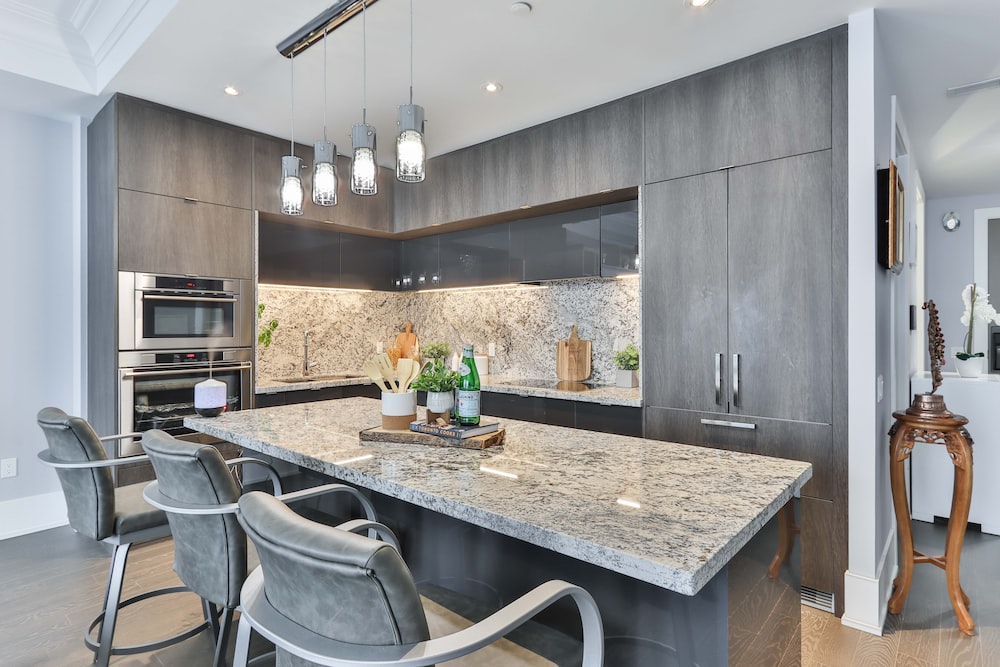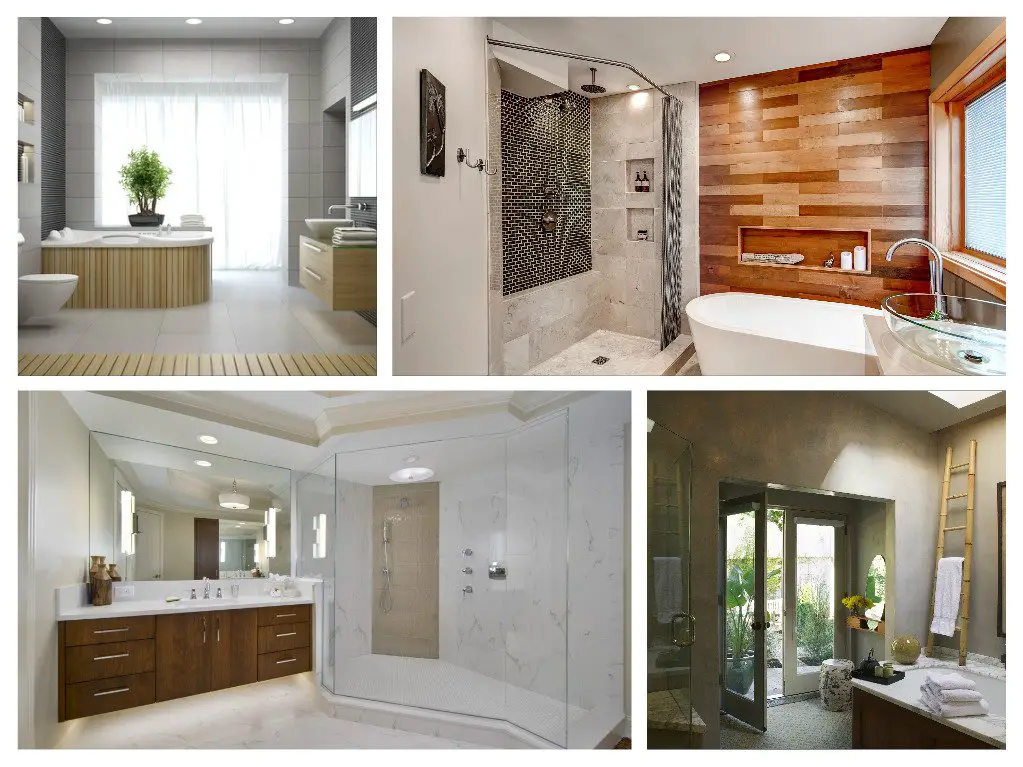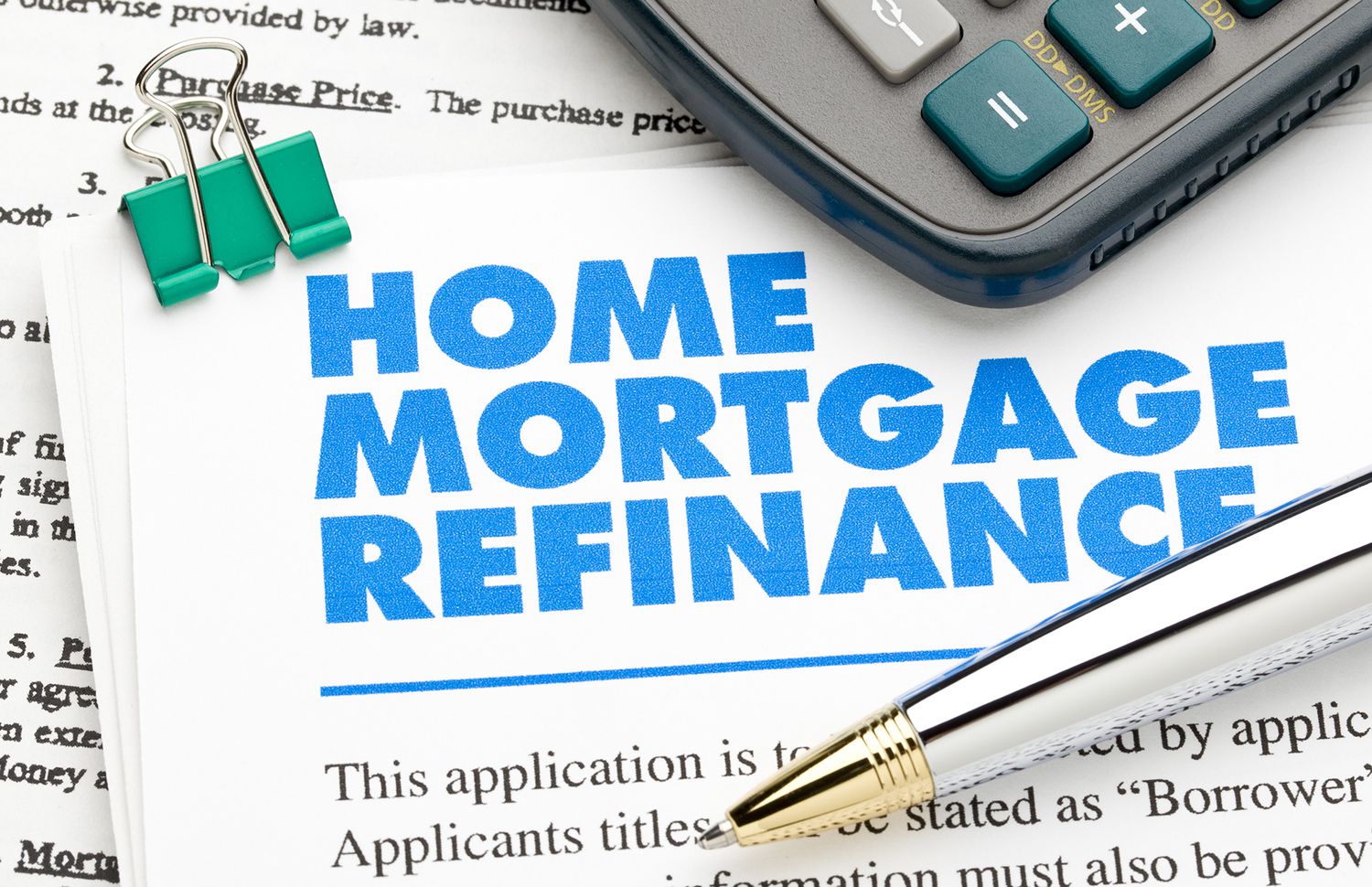Match the Alarm to the Property, Not Vice Versa
If you’re living in a tumble-down shack in a neighborhood of opportunists, perhaps your alarm is a motion sensor that kicks on a light when someone gets near. Maybe you hook that up to the audio of a vicious dog barking.
One reason dogs, especially big dogs, are so popular in neighborhoods lacking affluence has to do with their natural deterrent ability. That said, if you travel, you’re probably going to take the dog with you. So for very large properties, or those you’re regularly absent from, this isn’t a good solution. The thing is, a totally networked IoT option may or may not serve your needs.
Internet of Things technology is convenient, effective, and expansive. But given that it is digital, it does add a layer of integration to a property that often requires additional persons in tech management. An in-depth IoT system perfectly integrated with “smart home” design probably needs a tech team for installation and maintenance.
Such monitoring solutions may or may not fit your needs; it will depend on the house. This is why when it comes to alarm monitoring solutions for home security, you’ve got to use the property as your focus lens, rather than available security options. We’ll explore this concept deeper here.
The Monitoring Angle
Cloud computing has facilitated real-time big data applications that make it possible for you to view live surveillance feeds from wherever you have a decent web connection.
There is a variety of monitoring solutions to consider, click here to learn more. Essentially, you want something that properly covers the property, and that you can manage.
Some surveillance is like “Snapchat”. The footage only sticks around a set amount of time before it is automatically deleted, and you’ve got to take action if you want to keep it. Other surveillance options allow for continued long-term storage, but they do tend to be more pricey.
Authority Notification
Monitoring systems can be visual, they can be audial, they can show temperature stats; basically, you have your “pick of the litter” when it comes to monitoring options. Regardless of which you choose, there are choices to consider as regards authority notification.
Some homeowners will allow monitoring feeds to be accessed by local authorities if alarms are tripped and they are automatically notified. If you’ve got a lot of wildlife in your area, that might be the culprit, and its best for cops to know there are deer at the edges of your property.

External Installation, or the DIY Route?
This is a tough one. Generally, the more extensive your property, the wiser it is to work with pros for security monitoring installation. However, you may not want strangers (no matter how professional) to have any familiarity with your premises. In that scenario, you might want to Do It Yourself. DIY options can be done by you alone, or a trusted non-professional associate.
Needs-Based Security Monitoring
If you use your property to help determine what you need, and then search for what’s available, you’ll likely find a solution that’s a better “fit”.
How extensively you monitor the premises will depend on diverse factors. When it comes to the authorities, what access they have to your system will depend on what you let them have. It can be useful if they can see what monitoring feeds pick up. Lastly, determine if you want security pros to install, or you want to go the DIY route.






